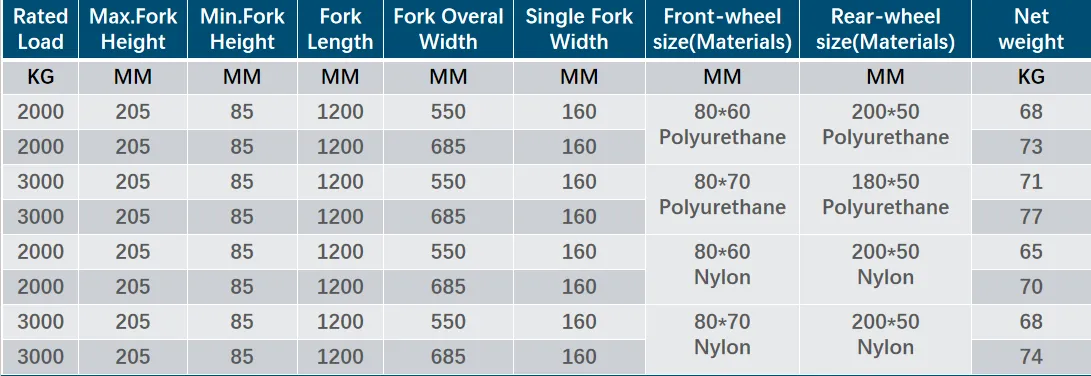Innovative Designs and Applications of Gantry Overhead Cranes in Modern Industrial Settings
Understanding Gantry Overhead Cranes A Comprehensive Overview
Gantry overhead cranes have emerged as essential tools in various industries, facilitating the efficient movement of heavy loads. These cranes are particularly useful in settings such as construction sites, warehouses, manufacturing plants, and shipping yards. Unique in their design, gantry cranes combine elevated platforms with a movable frame that allows for the lifting and transporting of materials with ease and precision.
Design and Components
A gantry overhead crane typically consists of a horizontal beam supported by two or more vertical legs, forming a spacious structure that can traverse a defined path or area. The beam is outfitted with a hoist mechanism, which is responsible for lifting and lowering loads. The key components of a gantry crane include the structure frame, the hoist system, the trolley (or wheeled carriage), and sometimes, additional features like remote controls for enhanced operator efficiency.
The design of gantry cranes can vary significantly based on their intended application. For example, some models are portable, allowing for easy relocation within different workspaces. Others are fixed, supporting heavy loads in a designated area. Additionally, gantry cranes can be constructed in different materials such as steel or aluminum, depending on the specific needs of the operation.
Advantages of Gantry Cranes
One of the primary advantages of gantry overhead cranes is their flexibility. Unlike traditional overhead cranes that require fixed runways, gantry cranes can be utilized in various environments, offering broader accessibility. They are not limited by structural constraints, making them suitable for outdoor applications where traditional cranes may not be viable.
Furthermore, gantry cranes provide excellent stability and control when handling heavy materials. Their design enables workers to operate them safely and efficiently, minimizing the risk of accidents. The ability to adjust the height of the hoist can also cater to different load sizes, adding to their operational versatility.
gantry overhead crane

Cost-effectiveness is another benefit associated with gantry cranes. Compared to other lifting systems, they often require lower initial investments and less maintenance, making them appealing to small and medium-sized enterprises. The reduced need for specialized infrastructure also contributes to cost savings.
Applications Across Industries
Gantry overhead cranes are utilized across a myriad of industries. In construction, they are instrumental in moving heavy building materials, such as steel beams and precast concrete elements. In manufacturing plants, these cranes streamline production processes by efficiently transferring components from one area to another, enhancing overall workflow.
Additionally, in shipping and logistics, gantry cranes play a vital role in loading and unloading containers, contributing to the speed and efficiency of operations at ports. They are also prevalent in recreational industries, such as boatyards, where they are used for lifting and moving boats.
Safety Considerations
While gantry cranes offer numerous advantages, safety remains a paramount concern. Operators must be adequately trained to handle the equipment, and regular maintenance is essential to ensure safe operation. Safety features, such as limit switches and emergency stop mechanisms, should be incorporated to prevent accidents.
In conclusion, gantry overhead cranes have revolutionized material handling across various sectors. Their robust design, flexibility, and cost-effectiveness make them invaluable assets in industrial applications. As technology continues to advance, the capabilities of gantry cranes are expected to evolve, further enhancing their role in improving efficiency and safety in the workplace.
-
the-power-of-trolley-cargo-and-machinery-moving-solutionsNewsAug.22,2025
-
exploring-magnetic-lifting-devices-for-efficient-steel-plate-handlingNewsAug.22,2025
-
the-essential-guide-toportal-craneNewsAug.22,2025
-
enhancing-efficiency-in-permanent-magnetic-liftersNewsAug.22,2025
-
heavy-duty-machinery-movers-and-material-handling-solutionsNewsAug.22,2025
-
the-comprehensive-guide-to-adjustable-gantry-cranesNewsAug.22,2025
-
The Ultimate Guide to Heavy Machinery Moving EquipmentNewsAug.04,2025
